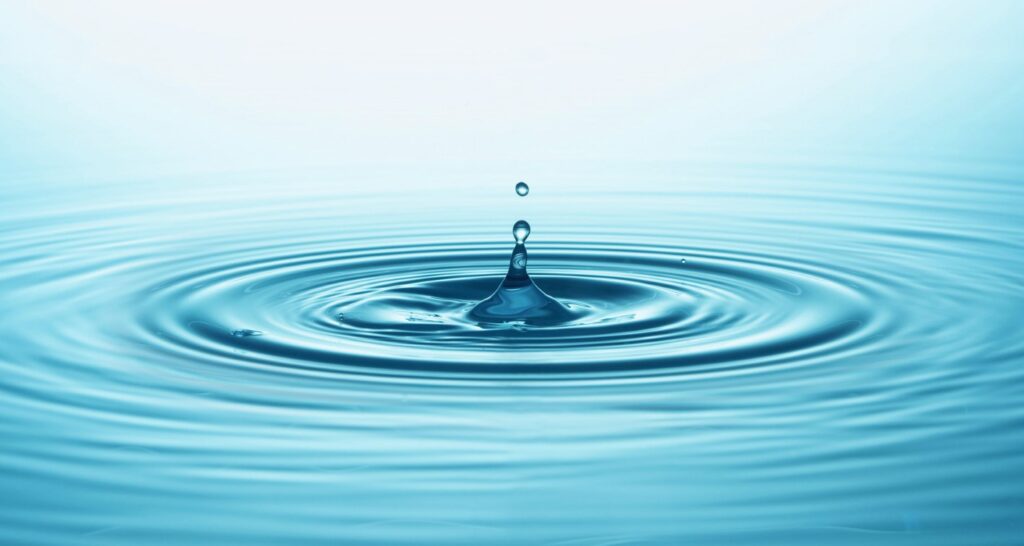The question “Is water wet?” might seem straightforward, but it opens up an intriguing discussion that blends everyday language with scientific concepts. Understanding whether water is wet involves exploring the definition of “wet,” the nature of water, and how we perceive these concepts. In this article, we will delve into the nuances of this question, examining the meaning of “wet,” the properties of water, and how they relate to each other.
Understanding the Concept of “Wet”
To determine if water is wet, we first need to understand what it means for something to be wet. In everyday language, “wet” typically describes a state where a liquid, such as water, is in contact with a surface. For example, if you touch a wet sponge, you feel the moisture because the water is adhering to the sponge’s surface.
The dictionary defines “wet” as being covered with, or saturated with liquid. This means that when a substance is described as wet, it is covered in or filled with liquid. So, in common terms, wetness is a property we usually apply to surfaces or objects that are in contact with a liquid.
The Nature of Water
To address the question of whether water is wet, it’s essential to understand the properties of water itself. Water is a clear, tasteless, and odorless liquid that is fundamental to life on Earth. It consists of two hydrogen atoms bonded to one oxygen atom, forming H₂O.
Water is unique because of its cohesive and adhesive properties. Cohesion refers to the attraction between water molecules, which causes them to stick together. Adhesion, on the other hand, is the attraction between water molecules and other substances. These properties are why water can form droplets and why it spreads across surfaces.
Is Water Wet?
So, is water wet? To answer this, we need to look at the definition of “wet” and apply it to water. Water, by itself, is a liquid and does not adhere to the definition of “wet” in the same way that a solid object does. When we say an object is wet, we mean that it is covered or saturated with water. Since water is the substance creating that wet condition, it cannot be considered wet itself.
Instead, water causes other materials to become wet. For example, when water comes into contact with your skin, your skin becomes wet because water adheres to it. However, water itself is not covered by another liquid; it is the liquid that interacts with other surfaces.
Scientific Perspective on Water and Wetness
From a scientific standpoint, water is not wet. Wetness is a term used to describe the interaction between a liquid and a solid surface. Water, as a liquid, does not interact with itself in the way it interacts with solids. The concept of wetness applies to the surface of objects that water touches, not to the water itself.
Water molecules are in constant motion, sticking to each other due to cohesive forces. These molecules also stick to surfaces they come in contact with due to adhesive forces. However, this interaction does not imply that water itself is wet; rather, it is the cause of wetness when it comes into contact with other materials.
Practical Examples and Misconceptions
To further understand if water is wet, consider some practical examples and common misconceptions:
- Towel Example: When you soak a towel in water, the towel becomes wet because the water adheres to its fibers. The towel is a solid that holds water, making it wet. The water itself is not wet; it is the agent that creates the wet condition in the towel.
- Surface Contact: If you spill water on a table, the table’s surface becomes wet as the water adheres to it. The water is not wet; it makes the surface of the table wet.
- Misconceptions: Some might argue that water is wet because we often associate wetness with the presence of water. However, this is a semantic misunderstanding. Wetness is about the interaction between a liquid and a surface, not about the liquid itself.
Philosophical and Linguistic Considerations
The question “Is water wet?” also raises philosophical and linguistic issues. Philosophically, it challenges our understanding of concepts and definitions. Linguistically, it highlights how we use language to describe physical properties.
In everyday conversation, people might use “wet” to describe water because it is the substance that causes wetness. This usage is practical but not scientifically precise. Understanding the difference between everyday language and scientific definitions can clarify why water is not wet in the technical sense.
Conclusion
In conclusion, water is not wet. The concept of wetness applies to surfaces or objects that come into contact with a liquid, causing them to be covered or saturated with that liquid. Water, as a liquid, causes wetness but does not possess the property of being wet itself. By examining the definitions and properties involved, we see that wetness is a descriptive term for interactions between liquids and solids, not a characteristic of the liquid itself.
Understanding this distinction helps clarify common misconceptions and provides a more accurate view of how water and wetness are related. Whether you’re discussing everyday language or delving into scientific principles, recognizing that water is not wet can enhance your grasp of both concepts.



